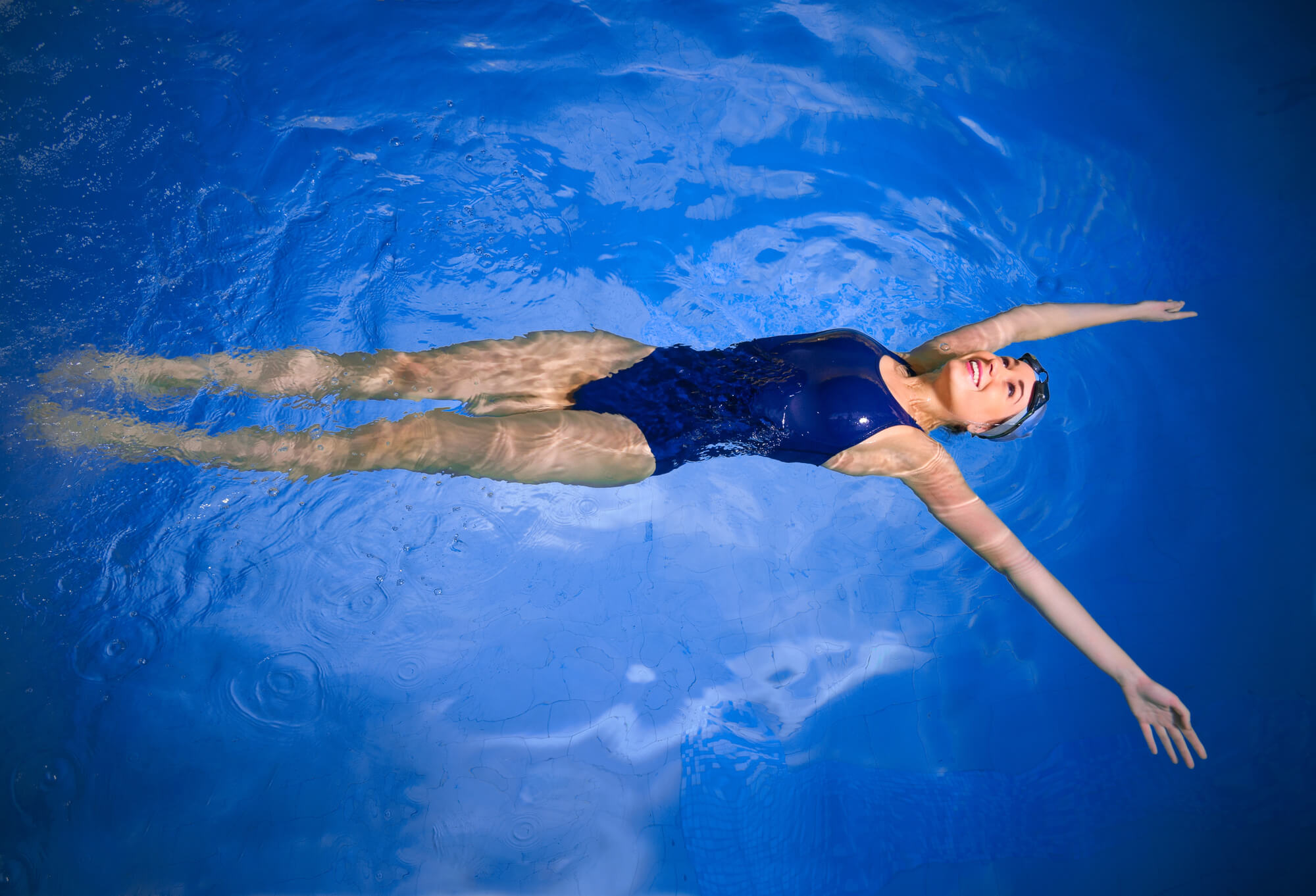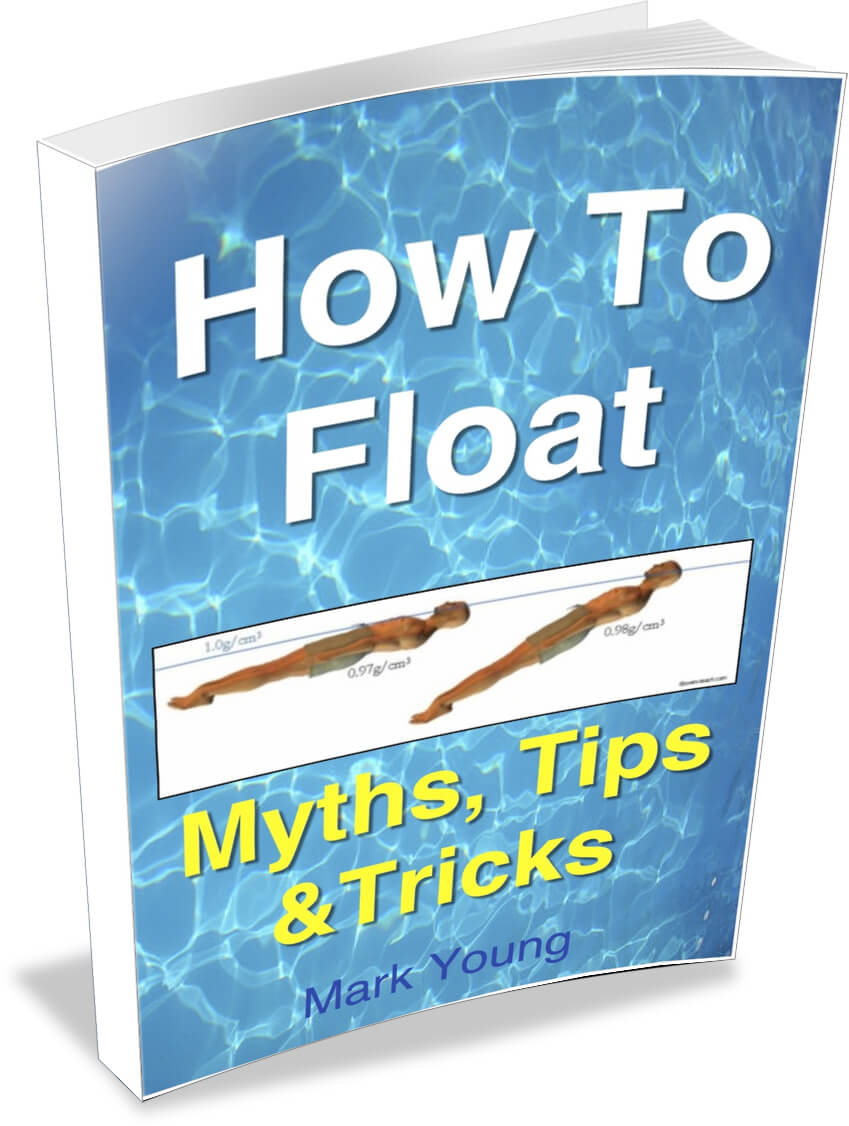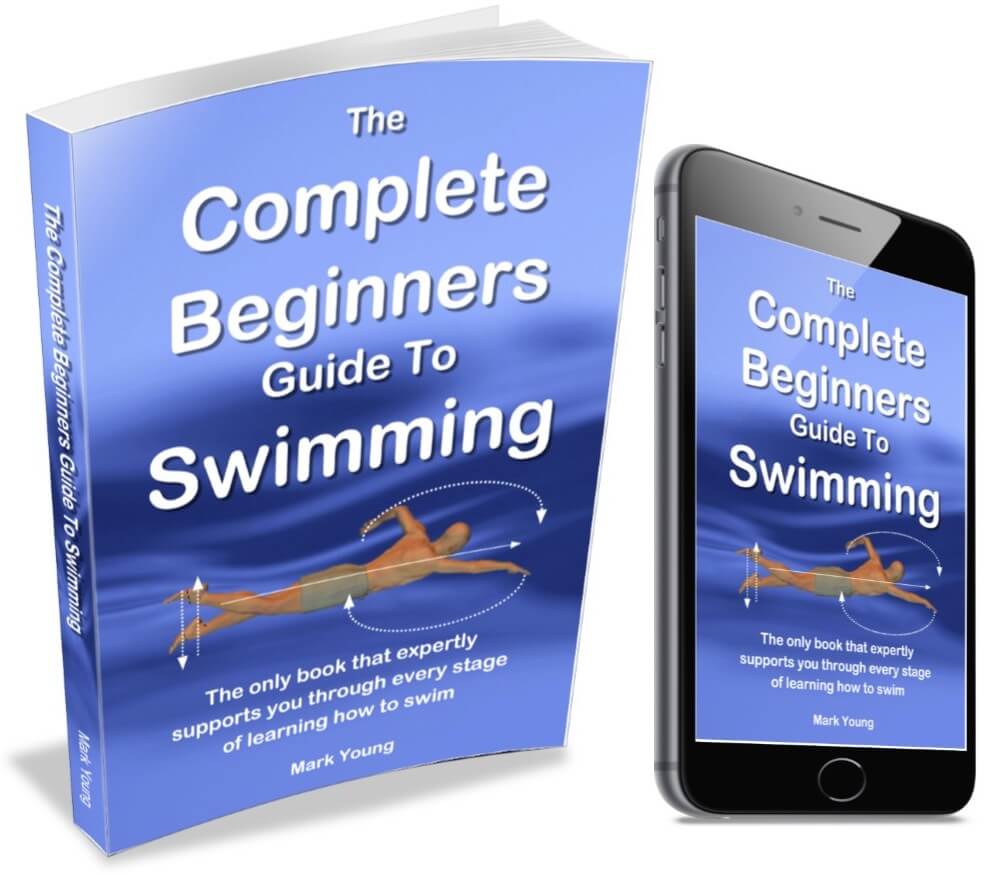- Swim Teach Home
- tips for beginners
- How Do I Float
- Float in Water
How to Float in Water (Even If You Think You Can’t)
So, you’re here because either you or someone you care about just can’t seem to float in water. First of all — let’s take a deep breath. You’re not alone, and this is so common, especially for beginners. Whether it’s a child, a nervous adult, or even a strong swimmer who’s just never felt confident floating, there’s nothing wrong with that.
Floating isn’t about having the “right” body type or being a natural. It’s something that anyone can learn with a bit of know-how and a lot of encouragement.
Let's start with an all too common story:
"I have attended three classes, and however much I try, I am not able to float. My Legs just don't come up and float. My swimming instructor advised me to relax. I tried. Still not working!.. Is it because I am thin and short? My friend who joined me glides through the water easily now. She is much taller and healthier than me and very easily floats. I have no idea what to do! Please help?"
Why Can’t I Float?
Here’s the thing - if you’re struggling to float, it usually comes down to one of these:
- You’re holding a lot of tension (in your body or your breath).
- You’re scared of the water (and honestly, that’s totally understandable).
- You don’t naturally float, and you need to learn to stay at the surface as you move through the water.
What it’s not about:
- Your size
- Your shape
- Your strength
Seriously, even the most muscular people can float when they relax and move through the water in the right way.
The Secret: Trust the Water
Floating is all about buoyancy - some people have it naturally, and others are not naturally buoyant and need to rely on movement through the water to keep them at the surface. There are many health benefits of learning to float.
Your body is lighter than you think when you’re calm and breathing, and here’s what often happens: you get in the water and feel a bit nervous. Your muscles tighten up. You take short, shallow breaths. Your body goes stiff. And - you guessed it - you start to sink. Not because you “can’t float”… but because you’re fighting it.
So let’s try a better way…

Step-by-Step: How to Float in Water
I am always being asked, 'Why does my body sink in water?' You can totally do this. Here’s how I teach it to my own students:
Safety Note: Have someone with you in the water to support you while you attempt this for the first time and until you gain confidence.
If you need to build confidence, start to learn to float with a noodle, to get a feel for the water and your body.
1. Start in Shallow Water
Pick a spot where you feel safe. Ideally somewhere you can stand up easily. Have a friend or instructor nearby if that helps.
2. Lie Back Like a Starfish
- Let your head rest back in the water.
- Ears in, eyes up.
- Arms and legs spread out - wide, like a starfish.
- Imagine the water holding you, like a gentle hammock.
3. Breathe Easy
- Take a slow, deep breath in.
- Let it out gently.
- Keep your breathing steady — don’t hold your breath or gasp.
- Your lungs are like a built-in floatation device!
4. Let Go
This is the hardest part for many — letting go of control. But you’ve got to trust the water and stop “trying” to float. The more you relax, the more the water does the work.
To take this a step further, get comfortable with going underwater - it will boost your confidence and help you to relax and float.
If your anxiety is more about pool depth than technique, my guide to fear of swimming in deep water will help you build confidence while you practice these floating steps. Once you feel stable floating, it often helps to face the challenge of swimming in the deep end - it’s a strong next step in becoming more confident in open water.
If you’re feeling confident floating and breathing steadily, you might like to try how to stand up mid swim. It’s a useful skill for transitioning from floating to motion, and helps build balance and control while in the water.
FREE EBOOK: the top 4 best floating exercises are shown in my book 'How To Float', along with the top 4 tips that will stop you sinking as you swim.
Don't miss out! Click here to grab a FREE copy of my book.
Can everyone float? Body fat, lung volume and relaxation explained.
Yes - almost everyone can float, but how easily you do depends on buoyancy. Fat is less dense than water, so higher body-fat percentages add lift; muscle and bone are denser, so ‘natural sinkers’ may need gentle movement and technique.
Your lungs are your built-in float - as you calmly inhale, they increase volume and lift and as you exhale, you lose some buoyancy, so keep smooth inhale–exhale cycles rather than holding your breath.
Tension is the enemy: tight shoulders, clenched glutes and a rigid neck pitch the body downward. Let the head rest back with ears in, soften the chest and widen the ribs, then gently tuck the pelvis and lengthen the legs - tiny changes move the body’s balance point so hips rise and heels lighten at the surface. Think “starfish and stillness”: wide, loose limbs, quiet breathing, and let the water hold and support you.
Moving through the water slowly and gently will help you feel the support. Using a slow body undulation in water will help enhance your experience, when you feel confident enough.
Floating Myths That Hold People Back
Let’s clear up a few common myths I hear all the time…
“I’m too heavy to float.”
Nope. Floating has way more to do with how relaxed you are than how much you weigh.
“I have to move or I’ll sink.”
This is true for some people, but for those who sink easily, movements only need to be small and gradual.
“I just don’t have the right body.”
There’s no such thing. I’ve taught all kinds of bodies to float - it’s a skill, not a body type.
Real Talk: David’s Story

"Let me tell you about David, one of my adult beginners. He was a natural sinker, and he used more energy to stay afloat than to actually swim through the water. We took a few steps back and worked on relaxing, gliding, and slowing his swimming stroke down. Over time - with lots of encouragement and patience - he became more relaxed and efficient as he allowed the water to support him instead of constantly fighting with it."
Floating FAQ
Why do I sink when I try to float?
Usually tension and head position. If you’re rigid, your chest narrows and hips drop. Try this:
- Relax your jaw and shoulders; soften the chest.
- Look up (ears in the water), neck long.
- Nudge hips forward and gently tuck the pelvis.
- Use slow, light breaths.
These tiny tweaks shift your balance so hips and heels rise.
Is salt water easier to float in?
Yes—salt water is denser than fresh water, which increases buoyancy so you ride higher with less effort. You’ll still need relaxed posture and easy breathing for steady balance—especially if there’s chop or swell.
Should I hold my breath?
No—holding your breath makes you tense and “top-heavy.” Use slow, relaxed inhale–exhale cycles: a calm inhale gives a touch more lift; a gentle, controlled exhale keeps you balanced and calm. Think smooth, not big.
Need some support with learning to stay afloat?
Still think you are not able to float in water? My book 'The Complete Beginners Guide To Swimming' will show you exactly how to glide, breathe and relax. Then it will show you how to master the technique needed to swim the four basic strokes.
I am a member of the Amazon Associates Program and I will earn a commission from qualifying purchases at no extra cost to you.







